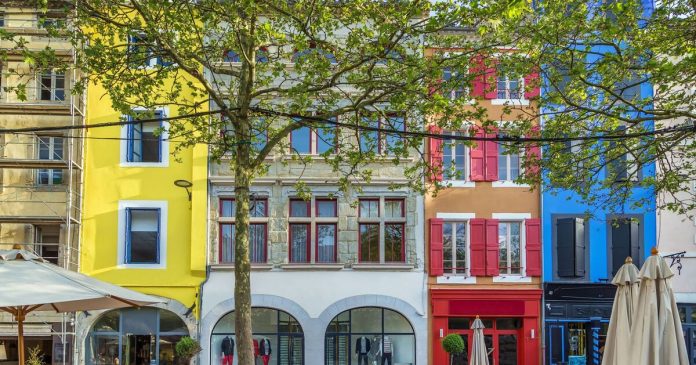A beautiful and charming French city, which is considered to be the best in the country, remains relatively unknown to tourists.
The fortified city is located in the south, about 50 miles east of Toulouse.
It can be accessed from Paris by a six-and-a-half hour train journey, or eight by car, but it is recommended that the city is visited via Barcelona, which is only three-and-a-half hours by car.
On average, three to four million visitors are welcomed to the city each year, compared with the 47.5 million that arrived in Paris last year. Of this number, over 54 percent were international guests, reflecting the city’s global appeal, accrding to Road Genius.
Carcassonne, in the department of Aude, Occitania, covers 25 square miles, significantly larger than most small towns in the department. The rivers of Aude, Fresquel and the Canal du Midi all flow through the city.
Today, the city is a breathtaking example of a medieval fortified town, with its encircling 13th-century defences, buildings, streets and Gothic cathedral. As such, it is said to have the finest remains of medieval fortifications in Europe.
The Catholic cathedral – Cathédrale Saint-Michel de Carcassonne – was built in the 13th-century as a parish church, but following war damage a century later it was rebuilt as a fortified church. In 1803, St Michael’s was elevated to cathedral status. Its beautiful stained glass dates from the 14th- to 16th-centuries.
One can take a guided boat tour on the Canal du Midi, lasting an hour or longer. After discovering all the passageways and parapets, within minutes of Carcassonne you can explore vineyards, wine caves and ruined castles, including the Cathar castles, built by victorious French Crusaders.
It has been inhabited since the Neolithic period, and was of great strategic importance to the Romans, who occupied the city until the end of the Western Roman Empire. The citadel – the Cité de Carcassonne – was founded during the Gallo-Roman period (260-72 AD) and derives its reputation from the 1.9-mile double surrounding walls which are interspersed with 52 towers. It earned a place on the UNESCO World Heritage Site list in 1997 due to its exemplary testimony of architecture and planning.
On Tripadvisor, the fortified city has been described as “well preserved and interesting” and perfect for those “looking to see an authentic French fortress.”
The city was demilitarised under Napoleon Bonaparte and the Restoration. It fell into such disrepair that in 1849 the French Government wished it to be demolished. However, this was met with uproar, with Jean-Pierre Cros-Mayrevieille (the mayor of Carcassonne) and writer Prosper Mérimée leading a campaign to preserve it as a historical monument. The decision was later reversed and in 1853 restoration work began, led by Eugène Viollet-le-Duc.
Thanks to its UNESCO status, the city relies heavily upon tourism for its economy, but also upon manufacturing and winemaking.
It is located on what was the historic trade routes linking the Atlantic to the Mediterranean, and Massif Central to the Pyrénées.
The Ville Basse – or “low town” – forms the more modern part of Carcassone and is home to 48,000 residents. It was established in 1240 when rebellious citizens of the Cité were banished. It was burned by Edward the Black Prince in 355 when he failed to take the citadel but today it remains the business centre of modern Carcassonne.
Source: express.co.uk

